As a movie buff, I had to visit this exhibit at the Victoria & Albert Museum in London: “Stretching across three rooms and featuring more than 100 exhibits, Hollywood Costume reveals the painstaking work behind some of cinema’s most iconic costume designs.” Not only do you get to see the original costumes worn by characters such as Indiana Jones, Darth Vader, and Dorothy (from the Wizard of Oz), but you get to understand some of the careful design of these pieces in a why they convey the true nature of a character. Thinking costume design is just about good tailoring is a big misconception about this craft. Nowadays most costume designers transcend the art of simple fabric, needle, and thread and have to approach the challenges new technologies like CGI and motion capture.
Learn more after the jump and how you can get a taste of this exhibit!
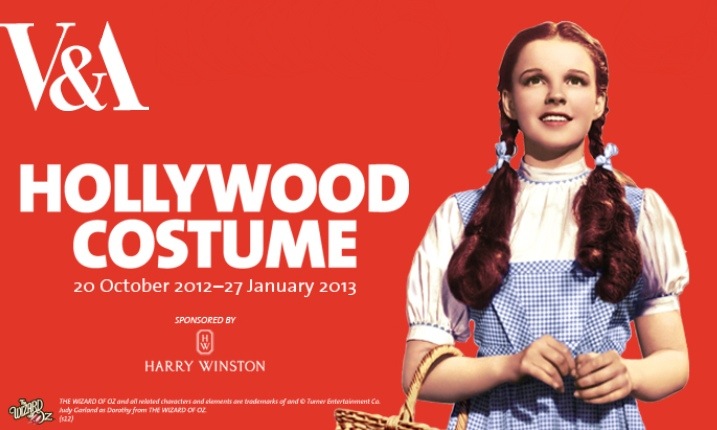
All photos via the V&A Museum website
The exhibit is shown in three specific themed room where you will be able to see some of the most iconic movie costumes of all time as well as exclusive videos with famous costume designers, actors, directors, and how their collaboration adds to the success of a movie’s wardrobe.
Scene 1. What is costume design?
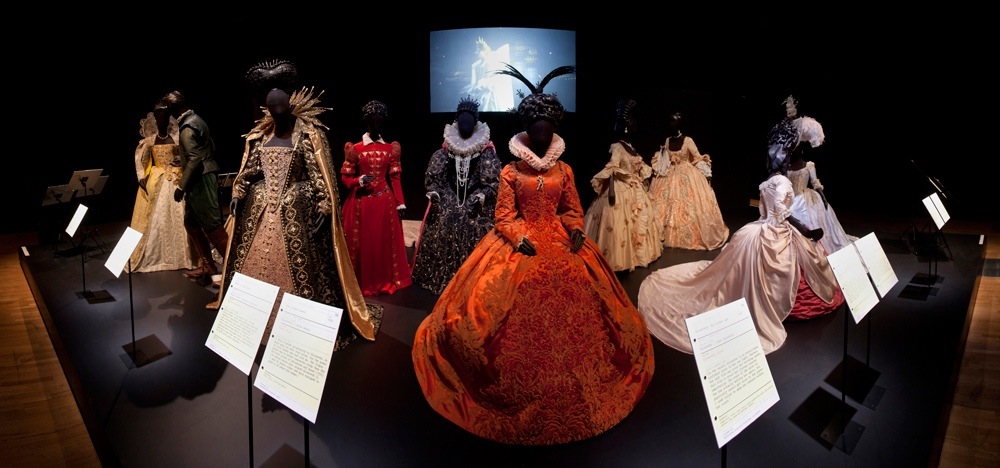
The first room from the exhibit covers the basics of designing the character, composition, and how these serve the story. With some examples such as Jason Bourne from the Bourne series of movies, The Dude from The Big Lebowski, even Indiana Jones, costume designers bring these characters to live in a way that makes you feel these are real people, they had a life before you get to see the character on the film. Each costume needs to tell a story, so it’s more for an actor to have a change of wardrobe. It’s almost like a change of skin that allows them to really inhabit a character.
Scene 2. Creative Contexts
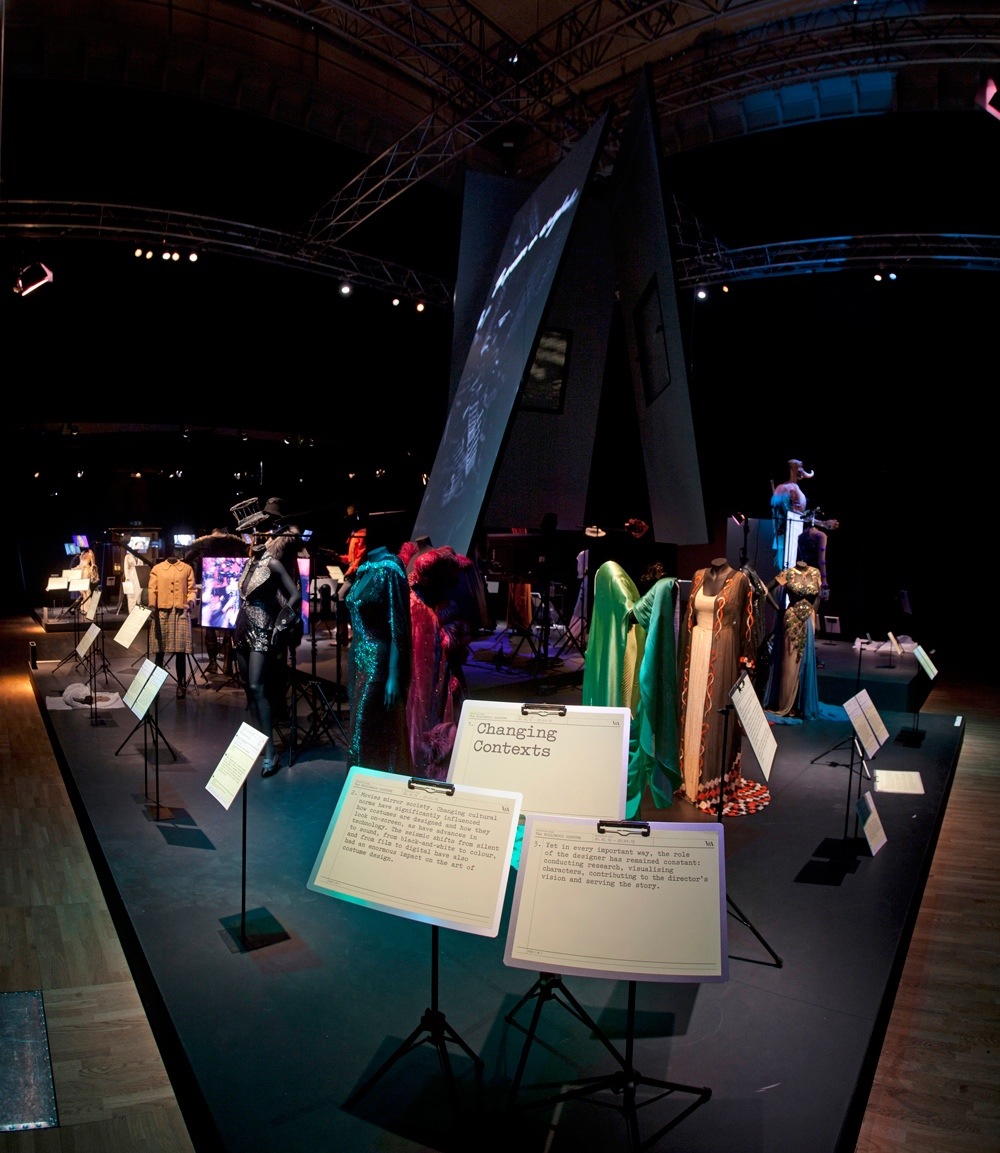
The second room of the exhibit now focuses on the actual environment. The most obvious aspect of a context is of course, the genre. If it’s a western, an epic, or a sci-fi movie, the costumes need to represent the period accordignly. But there are other challenges costume designers need to tackle. In the 1930s certain aspects of the now defunct “production” code require wardrobes to apply certain censorship (major cleveage was a big no-no). Today’s CGI and motion capture carries its own challenges as well. The leap between imagination and CGI is pretty big (paraphrased from James Cameron’s thought on the topic) and sometimes, like for the movie Avatar it took to actually physically create all the costumes before recreating them digitally.
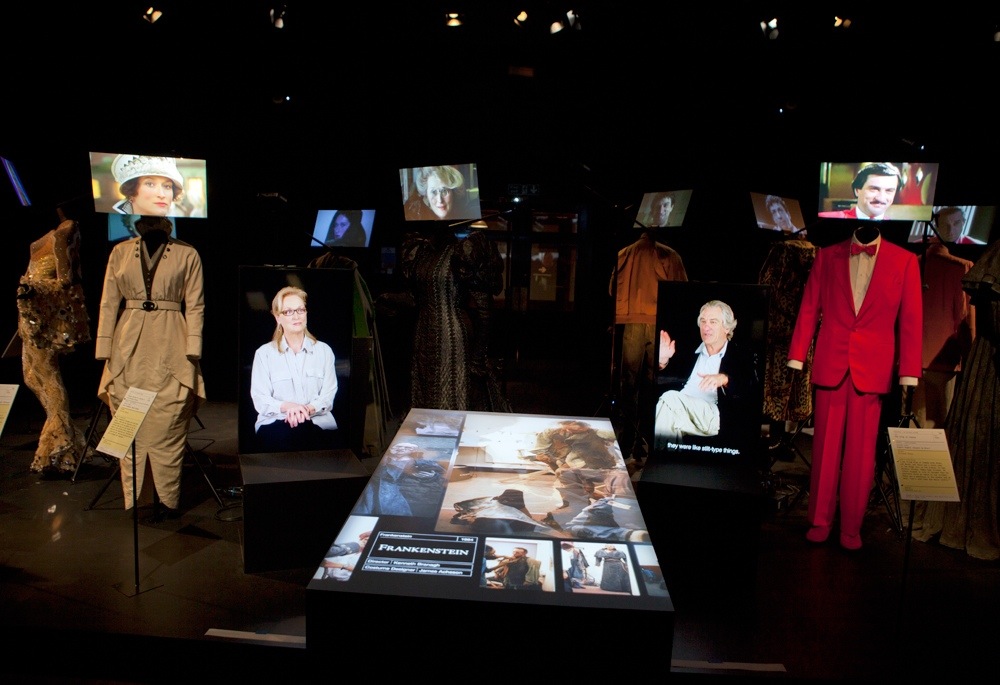
Part of this exploration of context is the collaboration between actors, directors, and the costume designer. One of the best parts of the exhibit in my opinion were the displays such as the one shown in the picture above with this “chairs” with projected videos of the key players where they discuss different aspects of costume design. It was a great experience because it was done to make it look like a conversation, one you were a part of (albeit as an observer)
Scene 3. The Finale

There is a lot of thought and work into a movie costume and this final room shows the result of this process. Some of the most iconic costumes in movie history were present in this room, all had digital heads (some were even 3D with some movement/action) of the actors that brought the characters to life. There were plenty of quite elaborate gowns such as Ginger Rogers’ sequin and mink fur trimmed costume for Lady in the Dark, which at the time was the most expensive costume, to very simple ones such as Dorothy Gale’s (played by Judy Garland) gingham style dress for The Wizard of Oz. Audrey Hepburn’s iconic little black dress from Breakfast at Tiffany’s was there, as was the incredibly stunning nude/gold number worn by Annette Bening in Bugsy. Less notorious costumes (but definitely not character’s) like Borat were there, too; many superheroes (Superman, Batman, Spiderman) and villains (Catwoman), and did you know The Bride’s (played by Uma Thurman) famous yellow jumpsuit in Kill Bill Vol. 1 is actually a two piece leather outfit and not a one piece spandex one like you see in Halloween costume sites?
This stunning exhibit just took my breath away. I loved every minute of it and soaked in as much information as I could. I have a new appreciation for costume designers for sure! Because this exhibit ended 27th January this year and since a lot of you don’t live in in London, you can still enjoy a piece of the magic as follows:
- Read more about this exhibit at the dedicated section on the V&A museum website
- Shop some memorabilia inspired by the exhibit. One of my recommended purchases is the Hollywood Costume book, exclusive only in the V&A shop. This is like a catalog of everything displayed at the exhibit.
- Vanity Fair online is now running a series called From Sketch to Still, where you can read and see tons of photos from some of the latest movie costumes (and even from iconic movies from the past)
Paola’s mood after going to this exhibit:



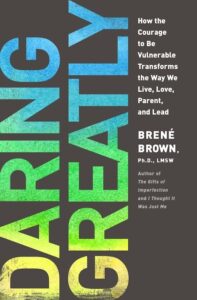
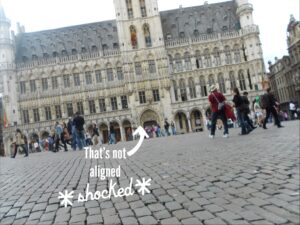
0 Comments